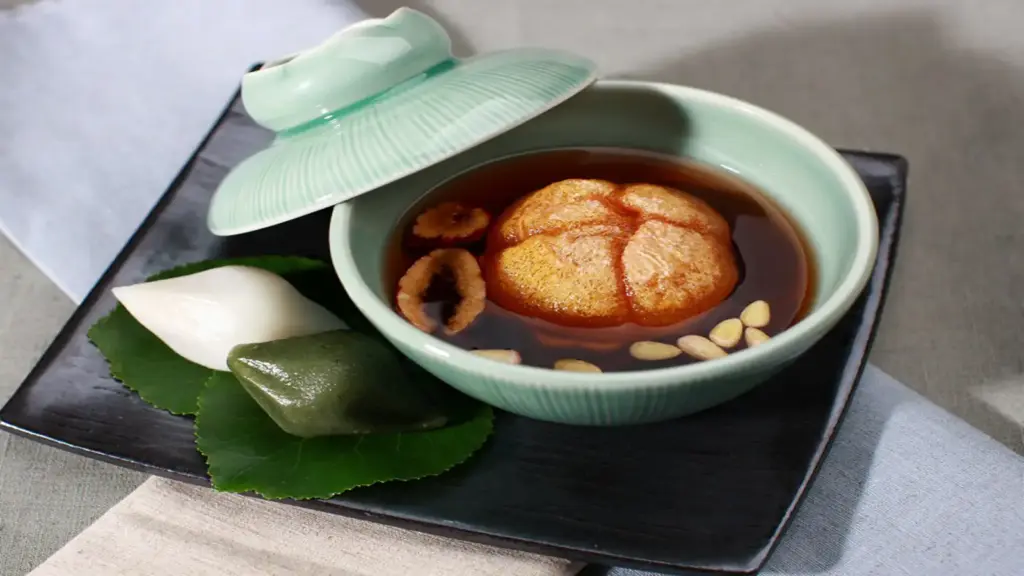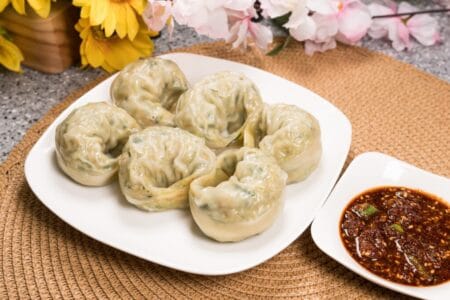Forget sugary sodas and double-shot lattes — Gen Z in Korea is sipping something a little more soulful. Traditional Korean teas, once reserved for elders and ceremonial tables, are making a stylish, soothing comeback. From earthy roots to floral infusions, these age-old brews are being rediscovered, rebranded, and re-loved by the younger crowd.
Welcome to the K-tea renaissance — where ancient flavors meet modern vibes.
🍵 Why Gen Z Is Turning to Traditional Teas
In a fast-paced digital world, Gen Z is craving more balance, mindfulness, and heritage. Traditional teas offer:
🌿 Natural wellness without the caffeine crash
🧘♀️ A calming ritual in chaotic times
📸 A unique, aesthetic alternative to Western coffee culture
🧠 A way to reconnect with Korean roots and history
Plus, with TikTok and Instagram flooded with tea setup aesthetics and quiet luxury vibes, these drinks are right on trend.
🌸 Top Traditional Korean Teas Winning Gen Z Hearts
1. Omija-cha (Five-Flavor Berry Tea)
Tastes like: A complex blend of sweet, sour, salty, bitter, and spicy
Health perks: Immune support, stress reduction, liver detox
Why it’s back: Its stunning red-pink hue and bold taste make it a Gen Z favorite for both health and aesthetics.
💡 Hack: Serve cold with ice and a slice of lemon — it’s giving herbal mocktail.
2. Yuja-cha (Citron Tea)
Tastes like: Sweet, tangy, fragrant marmalade in a cup
Health perks: Vitamin C boost, great for colds and sore throats
Why it’s back: It’s cozy, nostalgic, and now served iced in trendy cafés with fizzy soda water.
📸 Instagram gold: The floating citron peel in clear glass = aesthetic perfection.
3. Maesil-cha (Green Plum Tea)
Tastes like: Sweet-tart, refreshing with a fermented kick
Health perks: Aids digestion, boosts energy, detoxes
Why it’s back: Young Koreans are embracing fermented flavors and natural probiotics. Maesil is now chic.
✨ Bonus: Many Gen Zers are even learning to ferment their own maesil at home.
4. Bori-cha (Roasted Barley Tea)
Tastes like: Nutty, earthy, caffeine-free comfort
Health perks: Good for digestion and hydration
Why it’s back: It’s the drink for slow mornings and lo-fi playlists. Plus, it’s often free in Korean restaurants — nostalgic and economical.
🎧 Mood: Study desk, soft music, cold bori-cha in a glass tumbler.
5. Ssanghwa-cha (Herbal Tonic Tea)
Tastes like: Deep, spicy, a little medicinal
Health perks: Traditionally used to restore energy, especially in winter
Why it’s back: Gen Z loves a functional superdrink — and ssanghwa is being reimagined with honey, milk foam, and modern branding.
⚡ New Gen Z twist: Served as a “wellness latte” at holistic cafés.
🫖 Tea Meets Trend: Modernizing Tradition
Young Korean entrepreneurs and café owners are giving traditional teas a fresh spin:
Tea shops with minimalist interiors
Take-out bottles with sleek, Korean typography
Dessert pairings with herbal teas
Influencers posting “tea of the day” reels instead of coffee
These drinks are no longer seen as “old-fashioned” — they’re elegant, intentional, and identity-driven.
🌿 Final Sip
Traditional Korean teas are no longer just something your grandma serves in fine porcelain — they’re a Gen Z-approved lifestyle statement. From the streets of Seoul to your Instagram feed, these brews offer comfort, culture, and a touch of ancient wisdom in every cup.
In 2025, tea is more than just a beverage — it’s a ritual of self-care, a nod to heritage, and a very aesthetic habit.







